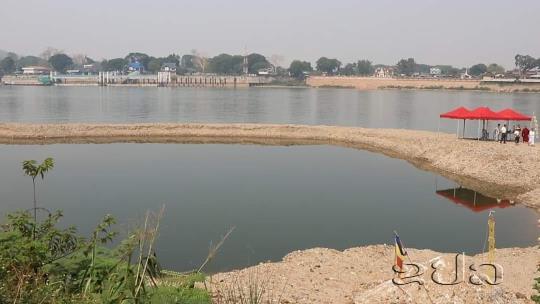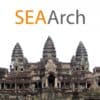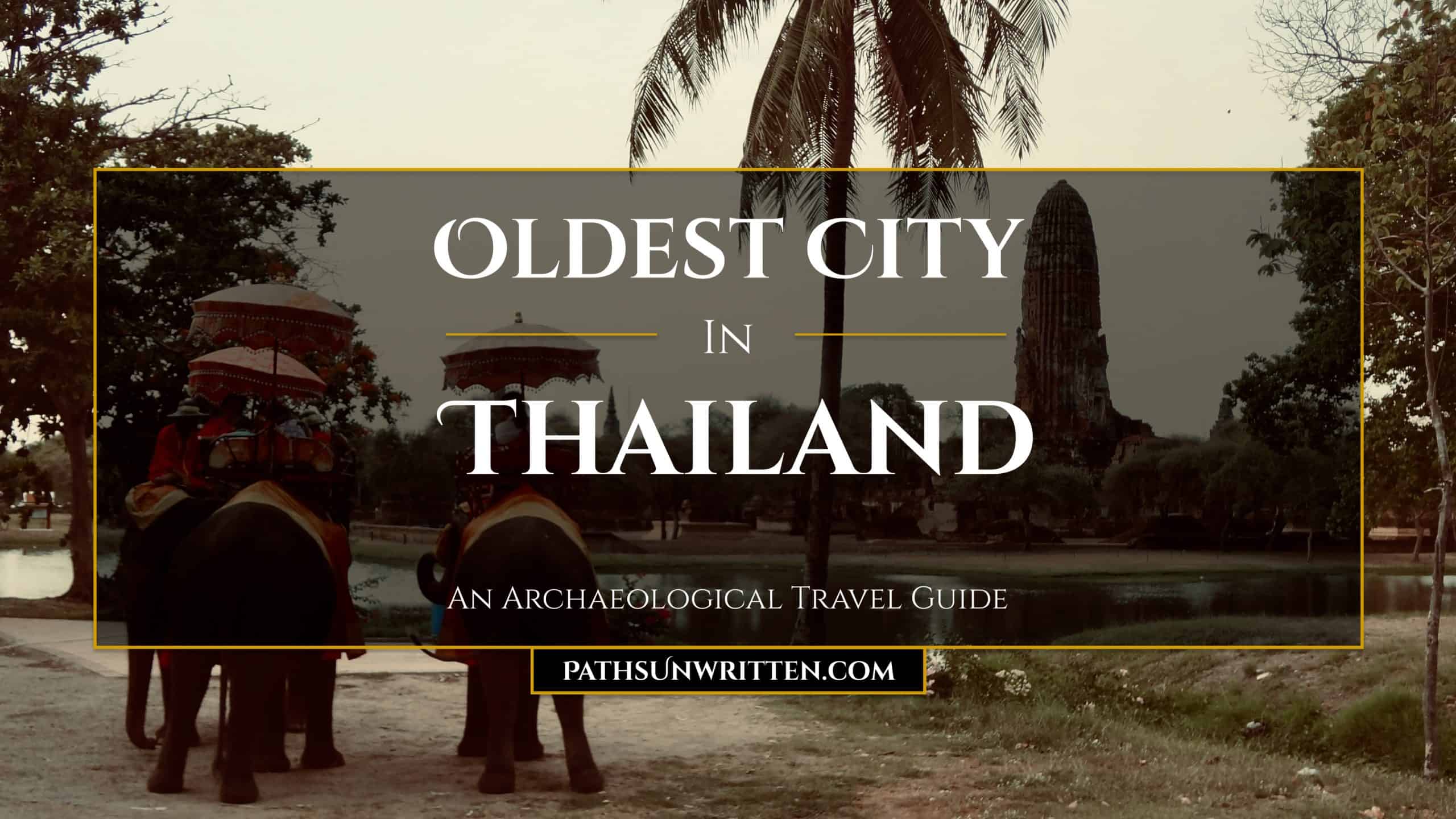Ton Phueng used to be a quiet, quaint little village directly opposite Chiang Saen.
However, the outrageous wild west development at the Lao Vegas, Kings Roman casino complex just 4 kms upstream has seen a dramatic change in Ton Phueng.
The place has definitely lost its charm, with a frantic building frenzy as a service town for the thousands up the road at the Lao Vegas.
Once upon a time though the Ton Phueng area was the site of an ancient city: Souvannakhomkham.
It is thought that Souvannakhomkham, came about after Wiang Yonok, suffered flooding & needed to be moved.
The Souvannakhomkham ancient kingdom stretched as far as Vietnam at the height of its power.
Chronicles by early French explorers state that Tai people had settled in a place they called Wiang Yonok in present day Chiang Saen District, Thailand. When their city “disintegrated into swamp” during the 11th century, they “set up a new town to the southeast…This settlement was on high ground on an island that was formed” when the Mekong’s path changed. This site became Souvannakhomkham. Souvannakhomkham played a significant role during the Lanna Era, but by 1545, the Lane Xang Kingdom took control of the trade hub. It is believed that most of the ruins visible today date from this era.
According to legend, the story behind the name “Souvannakhomkham” began when Lane Xang Viceroy Ayakoumarn journeyed to the Golden Triangle’s Kheun Island. He had a son, Souvanna, but the palace believed the young prince brought bad luck, so they sent him downriver on a raft. To save him, Ayakoumarn ordered a “khoumkham” ceremony, in which people lit candles as an offering to Phaya Nak, the mythical Mekong serpent-god. Phaya Nak answered their prayers, and returned the raft to Kheun Island. To honour Phaya Nak, Ayakoumarn named the city “Souvannakhomkham”, and some believe this is the origin of October’s Boun Auk Phansaa Festival, which marks the end of Buddhist Lent, when the Mekong boat races are held.
The Mekong changed course & a lot of the history of Souvannakhomkham vanished, although downstream near Ban Done That, there are multiple ruins scattered around in the banana fields, albeit with most sites looted long ago.

Then in March this year, the building of a new levee bank road along the Mekong started to turn up old Buddha images & relics in the river bed.


Almost 1000 pieces, hundreds of years old, have been discovered in the last couple of months!

 kpl.gov.la
kpl.gov.la
Too good to miss out on this exciting discovery it was time to pop back over across the border for a look.
However, the outrageous wild west development at the Lao Vegas, Kings Roman casino complex just 4 kms upstream has seen a dramatic change in Ton Phueng.
The place has definitely lost its charm, with a frantic building frenzy as a service town for the thousands up the road at the Lao Vegas.
Once upon a time though the Ton Phueng area was the site of an ancient city: Souvannakhomkham.
It is thought that Souvannakhomkham, came about after Wiang Yonok, suffered flooding & needed to be moved.
The Souvannakhomkham ancient kingdom stretched as far as Vietnam at the height of its power.
Chronicles by early French explorers state that Tai people had settled in a place they called Wiang Yonok in present day Chiang Saen District, Thailand. When their city “disintegrated into swamp” during the 11th century, they “set up a new town to the southeast…This settlement was on high ground on an island that was formed” when the Mekong’s path changed. This site became Souvannakhomkham. Souvannakhomkham played a significant role during the Lanna Era, but by 1545, the Lane Xang Kingdom took control of the trade hub. It is believed that most of the ruins visible today date from this era.
According to legend, the story behind the name “Souvannakhomkham” began when Lane Xang Viceroy Ayakoumarn journeyed to the Golden Triangle’s Kheun Island. He had a son, Souvanna, but the palace believed the young prince brought bad luck, so they sent him downriver on a raft. To save him, Ayakoumarn ordered a “khoumkham” ceremony, in which people lit candles as an offering to Phaya Nak, the mythical Mekong serpent-god. Phaya Nak answered their prayers, and returned the raft to Kheun Island. To honour Phaya Nak, Ayakoumarn named the city “Souvannakhomkham”, and some believe this is the origin of October’s Boun Auk Phansaa Festival, which marks the end of Buddhist Lent, when the Mekong boat races are held.
The Mekong changed course & a lot of the history of Souvannakhomkham vanished, although downstream near Ban Done That, there are multiple ruins scattered around in the banana fields, albeit with most sites looted long ago.
Then in March this year, the building of a new levee bank road along the Mekong started to turn up old Buddha images & relics in the river bed.
Almost 1000 pieces, hundreds of years old, have been discovered in the last couple of months!

Excavation of cultural treasures resumes
(KPL) A committee in charge of excavating cultural treasures on the Pheungkham Island in Tonpheung district, Bokeo Province held a religious ritual on May 6 on the island in preparation for the resumption of its excavation of cultural treasures.
Too good to miss out on this exciting discovery it was time to pop back over across the border for a look.
Last edited:










